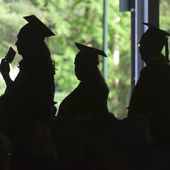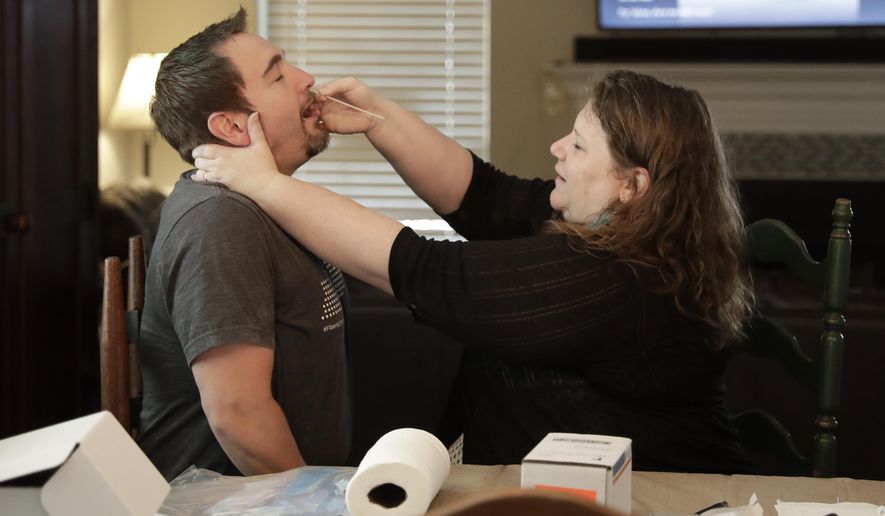The Food and Drug Administration approved the first at-home test for the coronavirus, allowing people to self-collect a swab and get results in 30 minutes to determine if they are positive and need to isolate themselves from society.
The Lucira COVID-19 All-In-One Test Kit, a molecular diagnostic, requires a prescription.
As the company scales up production, it will initially be available for on-site use at specific health centers and health care networks that can prescribe it for home use.
The company said it plans to amend its regulatory filing in the second quarter of 2021, allowing any purchaser to use a dedicated website to request the kit from a health professional and receive it through overnight delivery. The test, which requires two AA batteries and fits in the palm of a hand, will cost about $50.
“While COVID-19 diagnostic tests have been authorized for at-home collection, this is the first that can be fully self-administered and provide results at home,” said FDA Commissioner Stephen Hahn. “This new testing option is an important diagnostic advancement to address the pandemic and reduce the public burden of disease transmission.”
Testing is a key component of fighting transmissible diseases since it allows the public to figure how who needs to isolate, breaking up chains of transmission.
Americans have been clamoring for easy-to-use tests since the start of the pandemic. Much of the country’s testing regime is fragmented into point-of-care sites at clinics or health care centers, commercial labs, walk-up sites or drive-in testing centers. It can take days to get results, though response times have generally improved.
Approval of the first at-home test is promising and suggests more tools might be coming out of the pipeline, though it remains to be seen how widespread they will be or how fast they can be distributed.
Experts say it would be best to screen a wide swath of the population at regular intervals to bend down the curve of transmission across the U.S., as the virus rages out of control.
Michael Mina, an expert at Harvard T.H. Chan School of Public Health, says with a vaccine still months away, what’s needed are legions of antigen tests on paper strips that are cheap but good enough to detect when people are most contagious.
“If only 50% of the population tested themselves in this way every 4 days, we can achieve vaccine-like ‘herd effects’ (which is when onward transmission of the virus across the population cannot sustain itself—like taking fuel from a fire—and the outbreak collapses),” Dr. Mina wrote in TIME magazine this week.
“Unlike vaccines, which stop onward transmission through immunity, testing can do this by giving people the tools to know, in real-time, that they are contagious and thus stop themselves from unknowingly spreading to others.”
The Lucira test consists of a nasal swab that is placed in a vial and then put into a test unit, which reads out results from a light-up display.
“Making it possible for Americans to do their own rapid COVID-19 self-test at home by prescription is the latest addition to our constantly expanding arsenal of COVID-19 testing options,” Health Secretary Alex Azar said. “The Trump Administration has built the world’s largest testing system, and we will continue supporting both the development and manufacturing of cutting-edge options to make COVID-19 testing even easier and more accessible for the American people.”
• Tom Howell Jr. can be reached at thowell@washingtontimes.com.




Please read our comment policy before commenting.